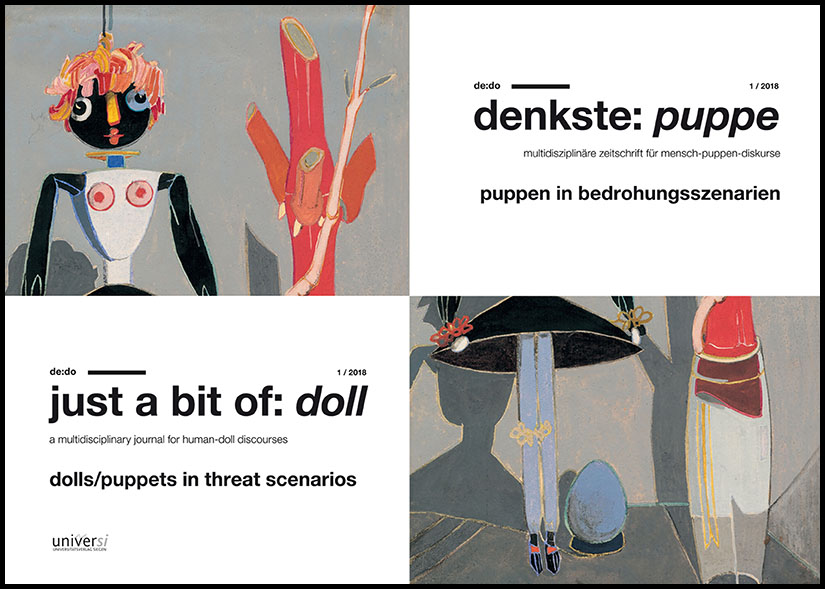Dolls and Toy Soldiers in E. T. A. Hoffmann’s »Nussknacker und Mausekönig«: the Secret Life Unseen
Abstract
This article explores the importance of Marie’s dolls and toys (most importantly the nutcracker) to her transition from child to mature adolescent. The nutcracker serves as a catalyst by which she accesses her own agency and transforms from young girl to an adolescent. In order to contextualize my discussion, I draw upon the work of Susan Stewart, who analyzes the importance of the miniature, including dolls and dollhouses, and argues that they can “reveal a secret life” otherwise unseen. In this case, the “secret life” is Marie’s maturation and her negotiation of the emotional crisis brought on by the arrival of the nutcracker – a development that occurs largely without the assistance of the adults in her life. Additionally, I consider how the representation of toys in this text reflect and shape debates on the role of toys and play in the socialization and education of children.
Downloads
Published
How to Cite
Issue
Section
License
Copyright (c) 2018 Brooke Shafar

This work is licensed under a Creative Commons Attribution-ShareAlike 4.0 International License.



